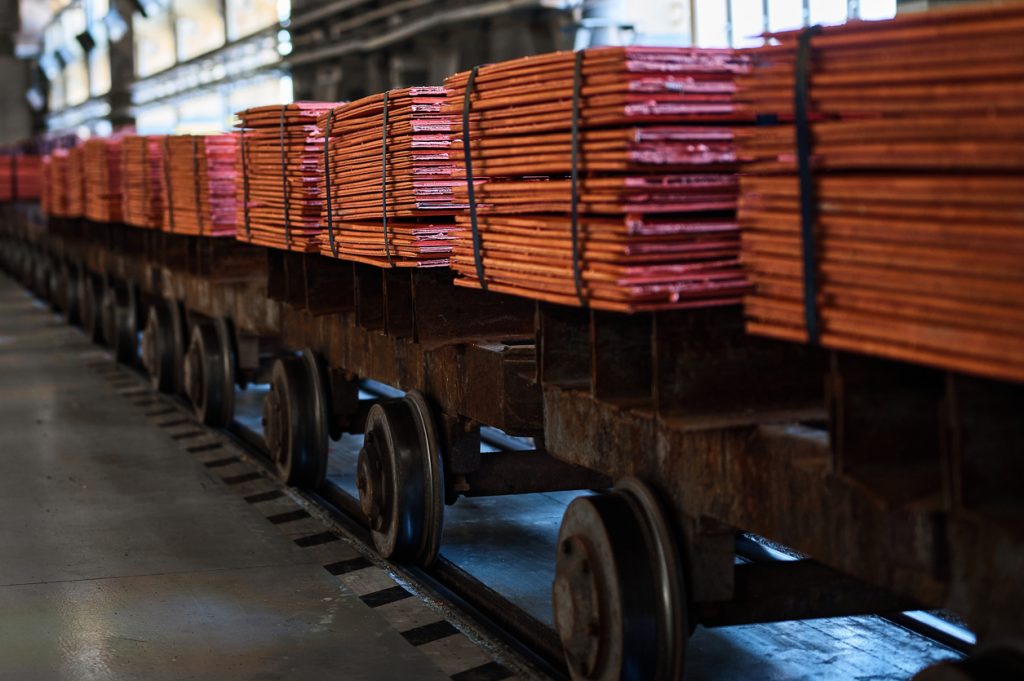
The global shift towards renewable energy, marked by a growing reliance on wind power and electric vehicles (EVs), hinges significantly on copper availability. However, a slump in the copper market presents a complex scenario. The current situation is characterized by a decrease in copper prices due to reduced demand from manufacturers and builders, who incorporate the metal in various applications, from electrical wiring to roofing. This drop in demand has led to a surplus, keeping copper prices low and thereby discouraging necessary investments for future supply.
Junior Copper Mining Companies and Solaris Resources
Junior mining companies like Solaris Resources (TSX:SLS) (OTCQB:SLSSF) are part of the solution in addressing the copper supply issue for the green energy transition. Their focus on discovering and advancing new copper resources, as exemplified by the Warintza Project in Ecuador, is key to meeting future demands. Recent expansions in the Warintza East discovery demonstrate the significant potential of such projects. On top of this, strategic partnerships, like Solaris’ appointment of China International Capital Corporation Limited (CICC) as a financial advisor, highlight the growing global interest in new copper resources, with the company considering investor interest in the project and company.
Mining Challenges and Investment Hesitance
The heart of the issue lies in the mining sector. To meet the burgeoning demands of renewable energy transition, mining firms are required to extract vast amounts of new copper in the coming years. Yet, the current market conditions are causing hesitance. Major mining companies like Freeport-McMoRan and Glencore have expressed their intentions to delay new mining projects until copper prices rise. This cautious approach stems from the high capital costs of developing new mines and the desire for profitability over long-term operations.
The Demand-Supply Mismatch and Future Projections
The mismatch between current supply and future demand is setting the stage for a potential market crunch, potentially leading to price spikes and supply shortfalls. Goldman Sachs metals strategist Nicholas Snowdon predicts an inevitable phase of extreme scarcity in the copper market. Adding to the complexity, factors such as a weaker pandemic recovery in China, the world’s largest copper consumer, and the resolution of supply disruptions in major producers like Chile and Peru contribute to the current market dynamics.
Renewable Energy’s Growing Copper Appetite
Despite these challenges, the demand for copper in the green energy sector is on the rise. Copper is essential for the construction of wind farms, solar arrays, and the manufacturing of batteries and power lines. However, this sector still accounts for less than 10% of global copper usage. China’s significant investments in renewable energy and EVs are driving up its copper consumption, with an increase in solar-related copper demand.
As the world moves towards a greener future, copper supplies become increasingly important, but the current market slump poses both a challenge and an opportunity. On one hand, it discourages immediate investments in new mining projects; on the other, it highlights the need for strategic planning and innovation to ensure a steady supply of copper for the burgeoning renewable energy sector.



 Follow us on Twitter
Follow us on Twitter Become our facebook fan
Become our facebook fan










Comments are closed.